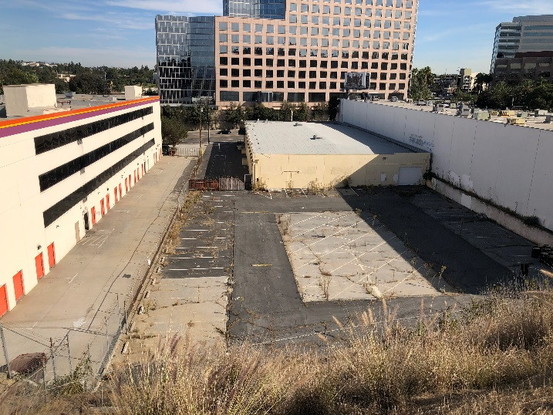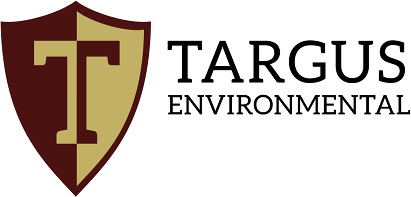Targus was engaged to review and opine on a Phase I and II ESA prepared by others of an approximately one acre property improved with a vacant commercial building previously used as a self-storage facility and totaling approximately 20,000 square feet, asphalt/ concrete parking lots, and limited landscaped areas. The subject property was historically occupied by multiple commercial and manufacturing businesses known or anticipated to have stored and used hazardous substances and/or petroleum products. A former experimental laboratory with an etching bath, a vapor degreaser, and a vacuum plater reportedly operated on the subject property as early as the 1960s, with documented wastewater releases into a central clarifier. The subject property was located in an area surrounded by commercial/ industrial usage.
The partner provided Phase I and II ESAs conducted to assess subsurface soil, soil gas, and groundwater at the subject property. The results of the soil gas sample analyses identified elevated concentrations of volatile organic compounds (VOCs), primarily trichloroethylene (TCE), on the subject property. VOCs were not detected in the soil samples, including those collected form the interior of the subject property building near the former clarifier. However, generally low concentrations of TCE were detected in groundwater on the subject property, with several samples slightly exceeding the California and USEPA maximum contaminant levels (MCLs) for drinking water. Targus noted that the TCE soil gas concentrations generally increased with depth, suggesting that the source of TCE in soil gas may have been the affected groundwater.
In light of the distribution of TCE and absence of contamination near suspected former on-site sources, Targus noted that the collective subsurface data indicated that the VOC impact was likely attributable to an off-site source. Targus secured and reviewed prior use and environmental regulatory files for numerous surrounding suspect off-site facilities, only one of which was indicated to have also been the source. The location of the TCE exceedance in groundwater, along with the highest concentrations of TCE in soil gas, were closest to an off-site former plating facility where remediation for TCE and other chlorinated VOCs was underway.
Targus considered the presence of chlorinated VOC-impacted groundwater and soil gas on the subject property to be a recognized environmental condition. However, the on-site soil, groundwater, and soil gas sampling results did not indicate unacceptable exposures at the time of assessment. Targus recognized that the subject property was located within a Methane Buffer Zone determined by the City of Los Angeles. A prior on-site soil gas methane survey at multiple depths identified methane concentrations above city methane action levels (which require new buildings to be constructed with a passive subslab vent system with an impervious membrane). Since methane was naturally found in the subject property area as opposed to being the result of known releases, Targus did not consider the on-site elevated methane concentrations to be a recognized environmental condition to the subject property.
Development plans for the subject property included a multifamily residential building over a subsurface mechanically ventilated parking garage separating occupied spaces from the ground. A subslab vapor barrier and a passive ventilation system were also planned. Targus opined that once construction of the building and installation of these systems was completed, the recognized environmental condition should become a controlled recognized environmental condition.
Targus recommended the preparation and implementation of a Soil Management Plan (SMP) for the planned redevelopment of the subject property. Targus also recommended that the on-site clarifier be properly decommissioned in accordance with the SMP and appropriate regulations. Targus also advised that asbestos-containing materials, universal wastes, and additional regulated waste be abated or handled and disposed in accordance with applicable regulations prior to or in conjunction with disturbance. In light of the reported appropriate budgeting and scheduling considerations, asbestos or additional regulated wastes were not considered to present a business environmental risk.
Based on the content and outcome of Targus’s assessments, the client joined and funded the project. Demolition and construction are slated to begin in 2019.

